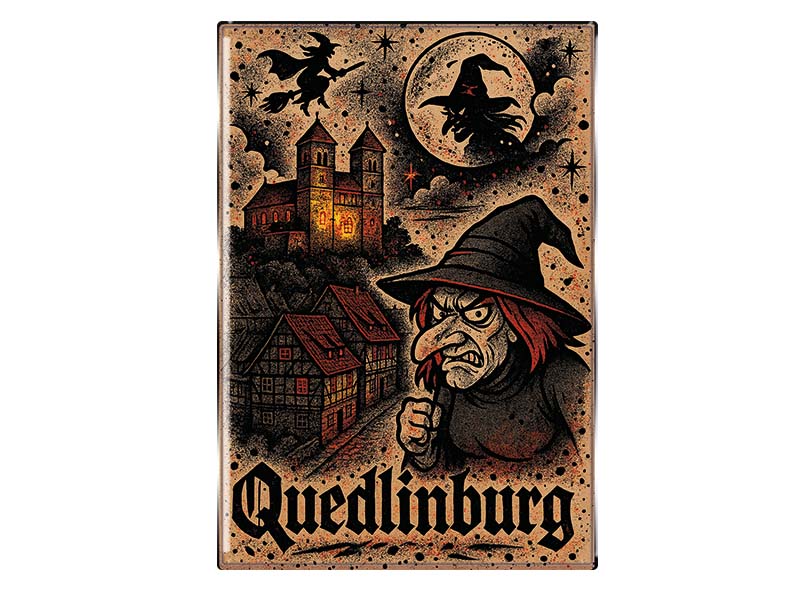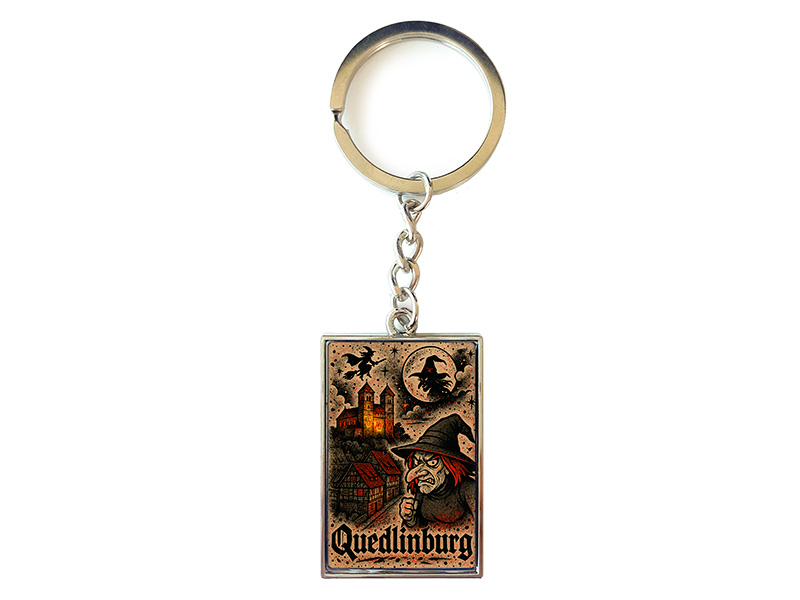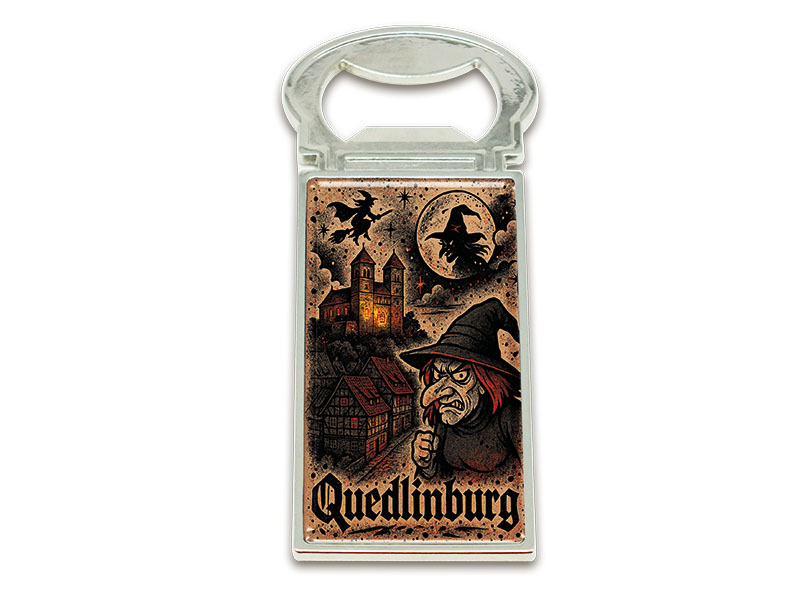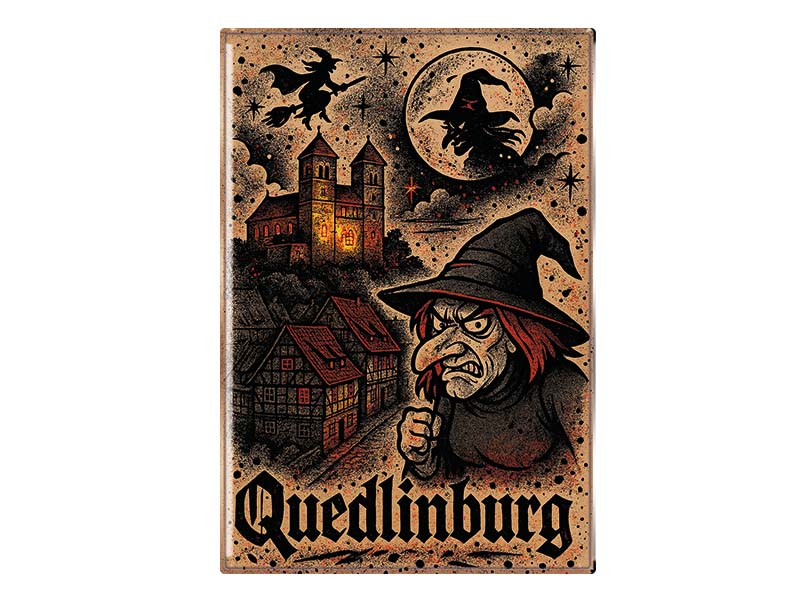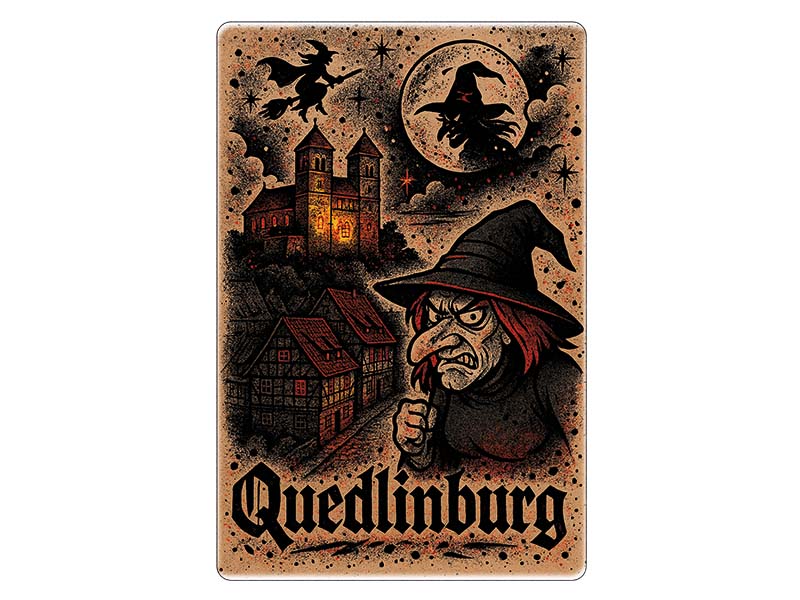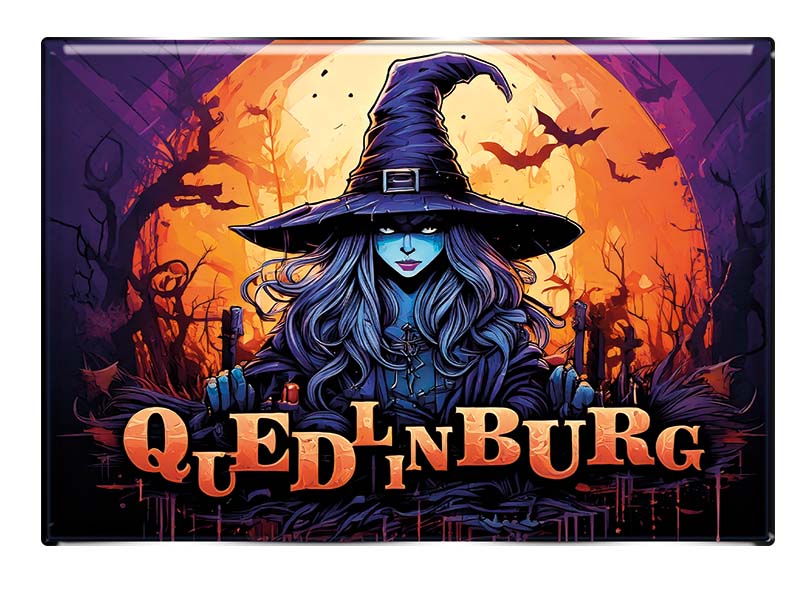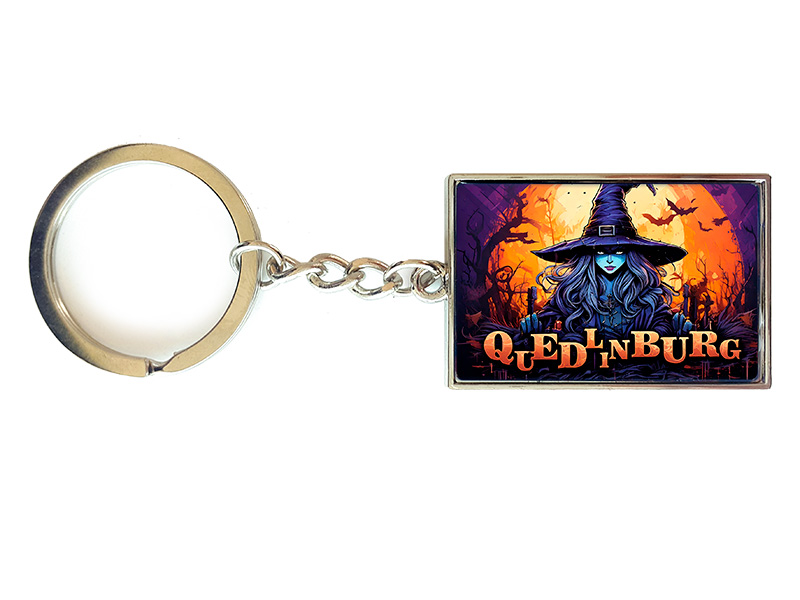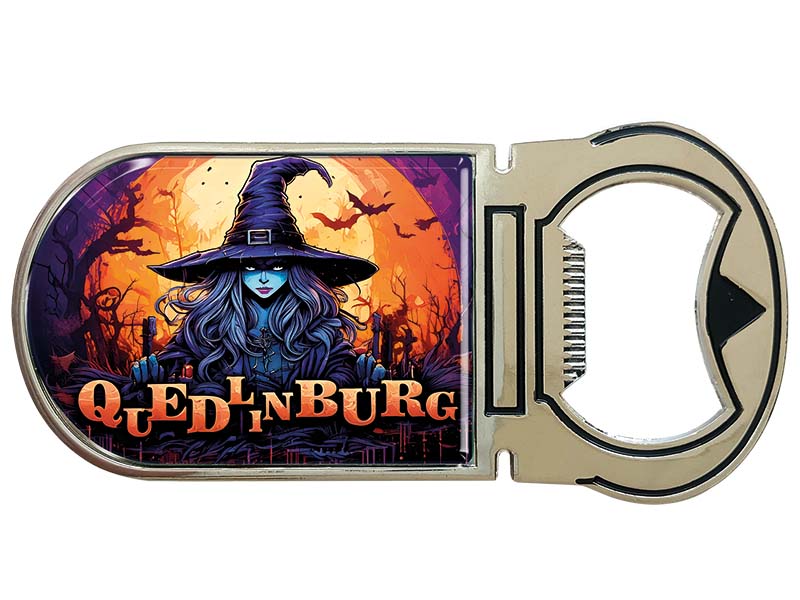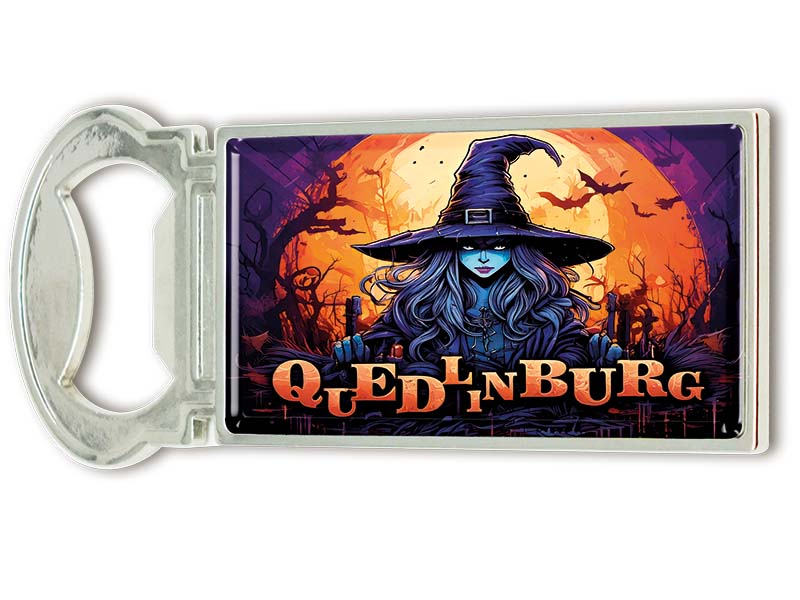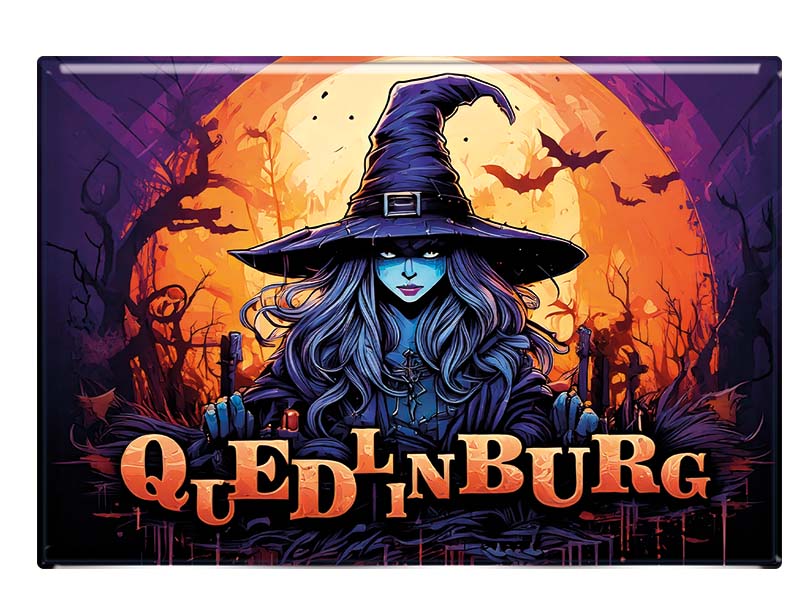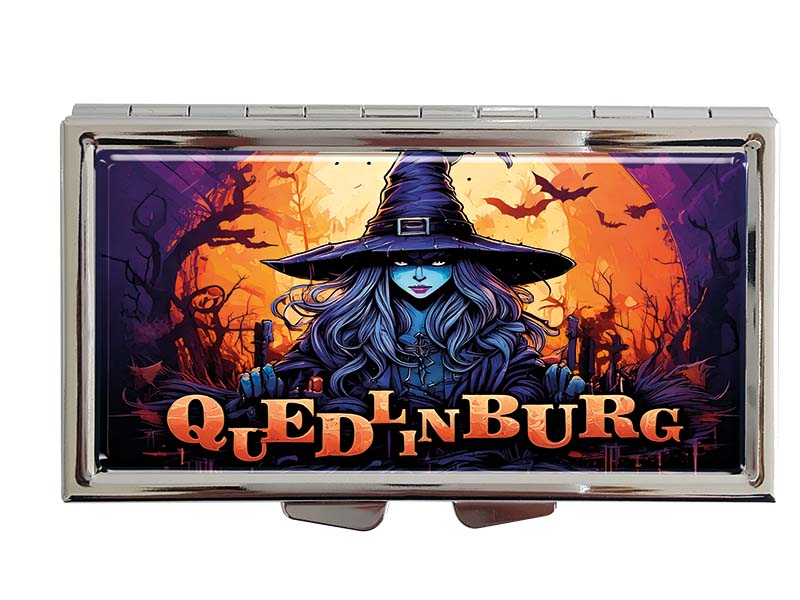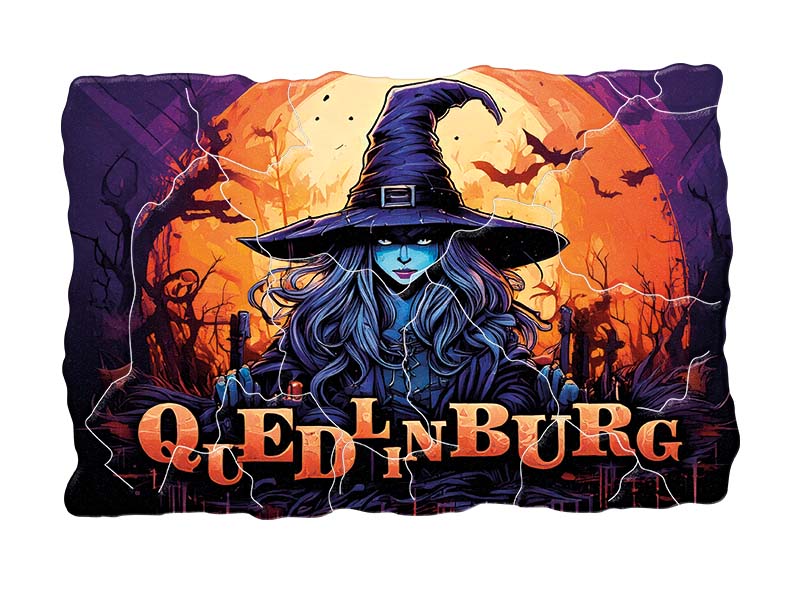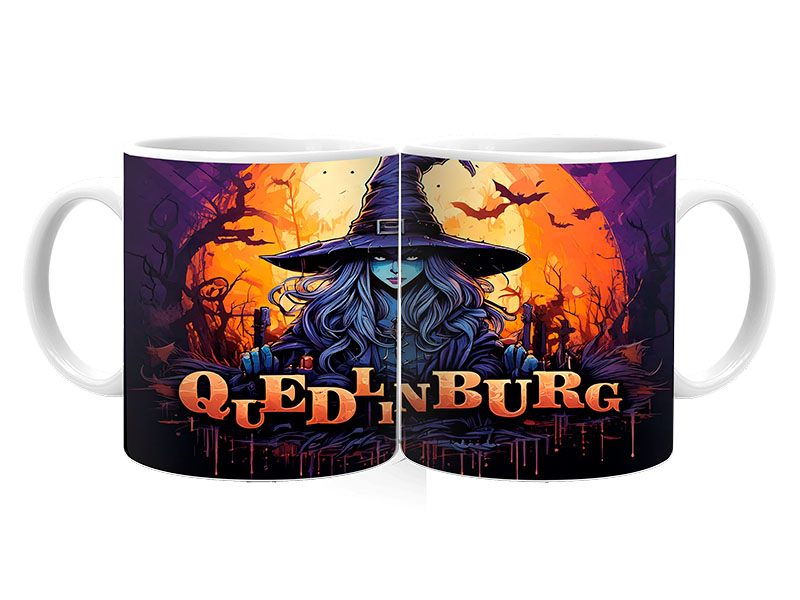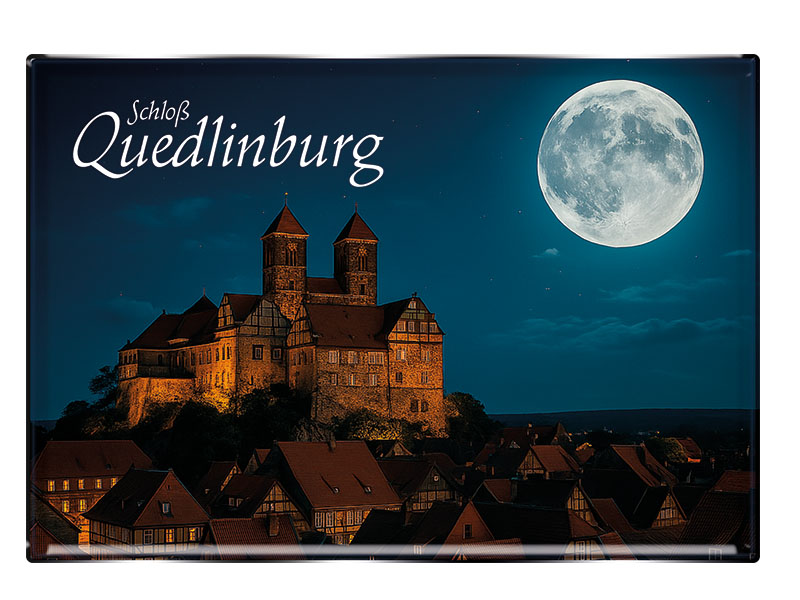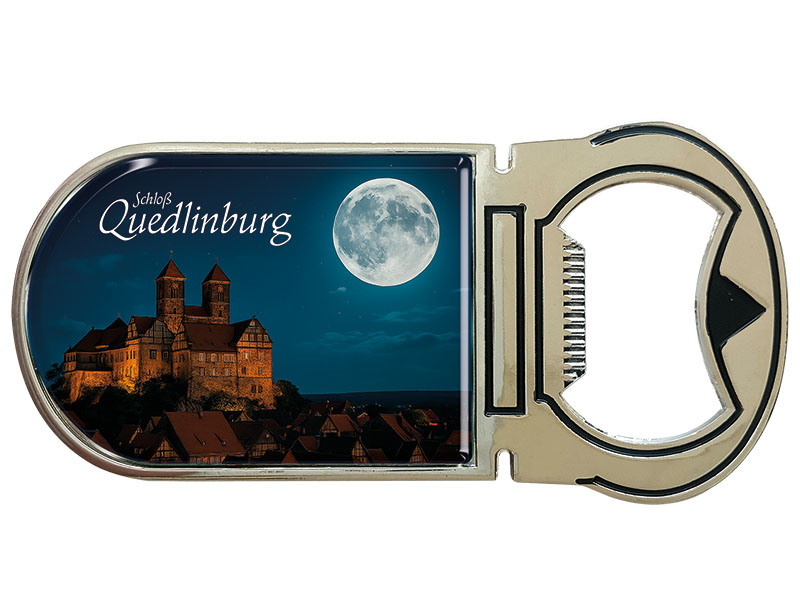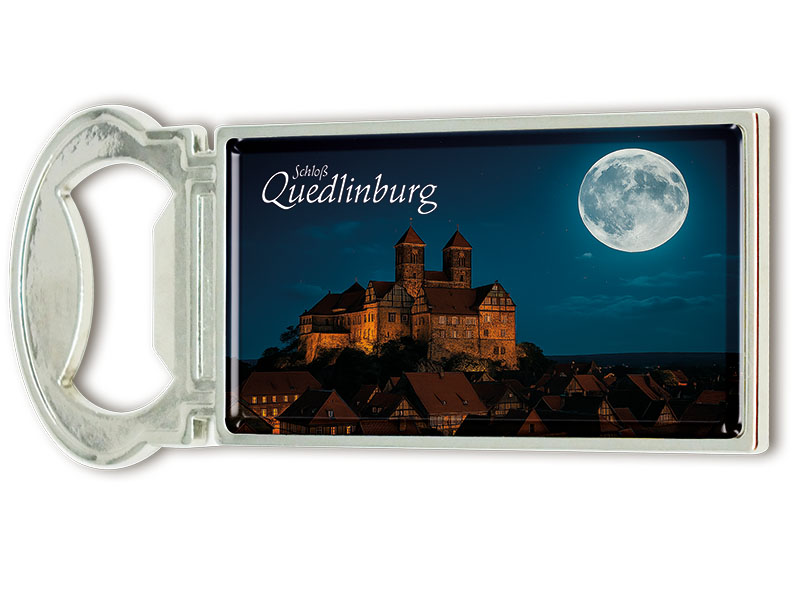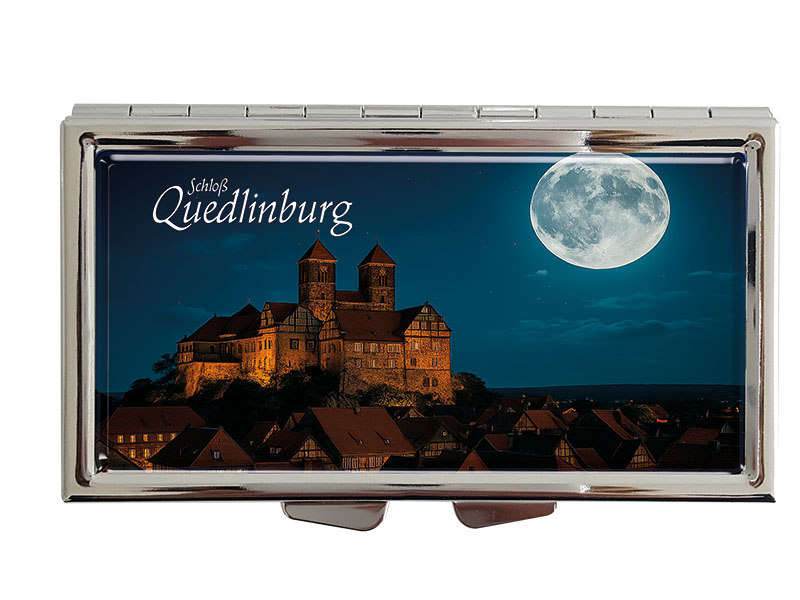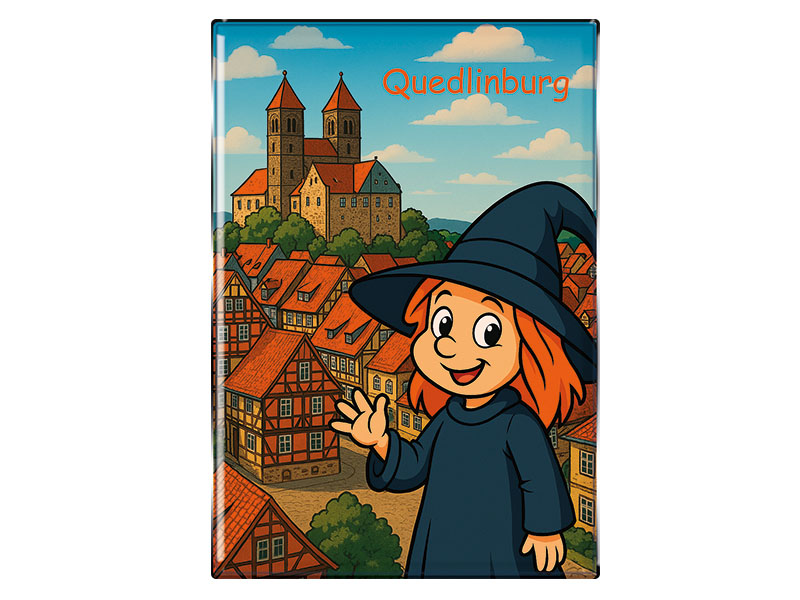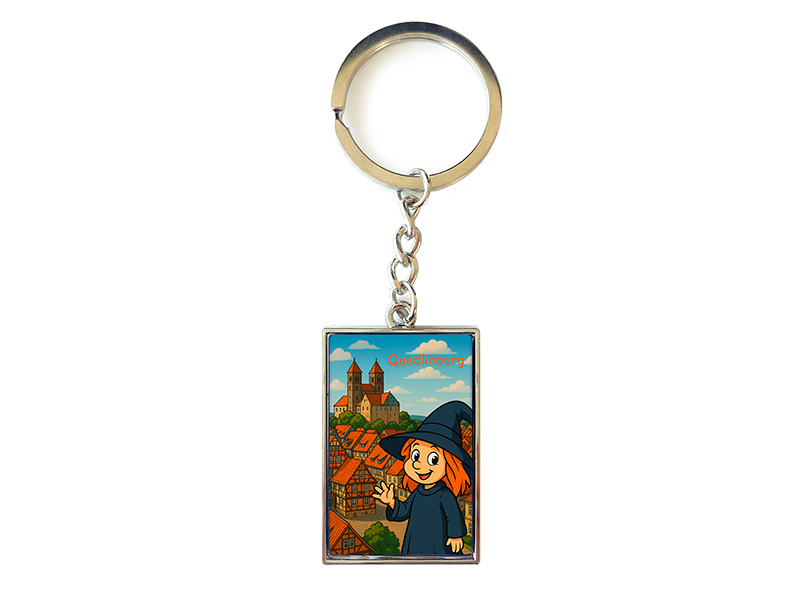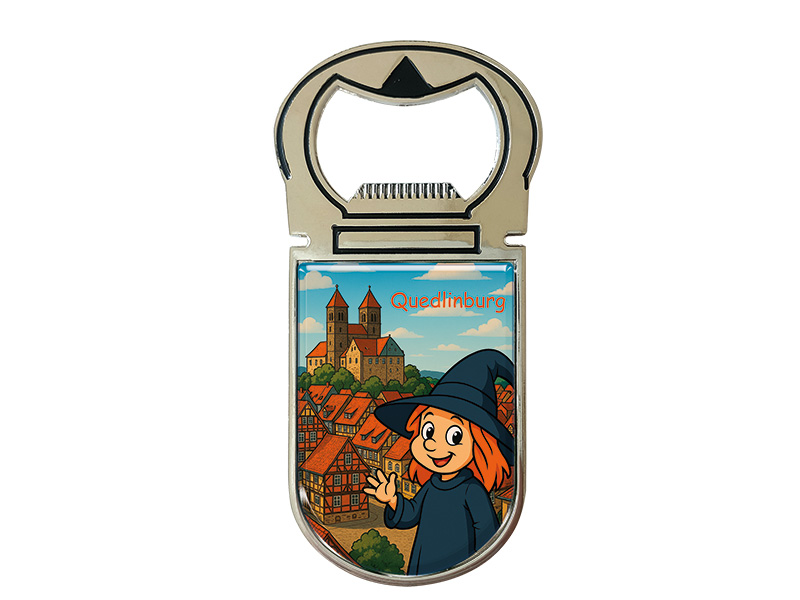- Vehicles
- Figures
- Witches
- Carnival
- Canvas
- Magnets
- Materials
- Maritime
- Hats
- New products
- Personalize
- Plush
- Dolls
- Collectible figures
- Keychain
- Special production
- %Special offers%
- Money boxes
-
Cities - Regions
- Bad Säckingen
- Bamberg
- Bayerischer Wald
- Berchtesgaden
- Berlin
- Bodensee
- Bremen
- Brocken
- Chiemsee
- Cochem
- Dinkelsbühl
- Dresden
- Eibsee
- Frankfurt
- Freiburg
- Gardasee
- Garmisch-Partenkirchen
- Hamburg
- Harz
- Heidelberg
- Helgoland
- Insel Mainau
- Kleinwalsertal
- Koblenz
- Köln
- Königssee
- Leipzig
- Lübeck
- Mecklenburgische Seenplatte
- München
- Nürnberg
- Oberammergau
- Passau
- Potsdam
-
Quedlinburg
- Regensburg
- Rothenburg
- Rügen
- Schwarzwald
- Stuttgart
- Sylt
- Titisee
- Traunsee
- Triberg
- Ulm
- Wernigerode
- Bags/Backpacks
- Textile
- Animal
- Subjects
More information? sign in.
More information? sign in.
More information? sign in.
More information? sign in.
More information? sign in.
More information? sign in.
More information? sign in.
More information? sign in.
More information? sign in.
More information? sign in.
More information? sign in.
More information? sign in.
More information? sign in.
More information? sign in.
More information? sign in.
More information? sign in.
More information? sign in.
More information? sign in.
More information? sign in.
More information? sign in.
More information? sign in.
More information? sign in.
Quedlinburg: A Medieval Jewel in the Heart of Germany
Nestled at the northern edge of the Harz Mountains in the German federal state of Saxony-Anhalt lies the picturesque town of Quedlinburg. Known for its remarkably well-preserved medieval architecture and cobblestone streets, Quedlinburg is a treasure trove of history, culture, and charm. With a population of approximately 23,000 inhabitants, the town is a magnet for history enthusiasts, architecture lovers, and tourists seeking a glimpse into Germany’s past.
Historical Background
The history of Quedlinburg stretches back over a millennium. The town's name first appeared in historical records in the year 922, but its significance dates back even earlier. In 919, King Henry the Fowler, the first king of East Francia and considered a founder of the medieval German state, was elected here. After his death in 936, his widow, Queen Matilda, founded the Quedlinburg Abbey in his honor—a religious institution for women of noble birth. This abbey would become one of the most powerful and influential of its kind in the Holy Roman Empire.
During the Middle Ages, Quedlinburg grew in prominence as a center of trade, culture, and religion. It became an Imperial Free City in 994 under the rule of Emperor Otto III, allowing it a degree of independence and prosperity that enabled it to flourish. Many of the half-timbered buildings seen today were constructed between the 14th and 17th centuries, testifying to its wealth and historical significance.
Quedlinburg's historical core is so well-preserved that in 1994, it was declared a UNESCO World Heritage Site. The designation specifically recognizes its extensive collection of over 2,000 timber-framed buildings, making it one of the best-preserved medieval towns in Europe.
Geography and Location
Quedlinburg is located in the central part of Germany, on the north-eastern slope of the Harz mountain range. It sits in the district of Harz in the federal state of Saxony-Anhalt, around 120 kilometers southwest of the state capital Magdeburg. The town is situated along the Bode River, which adds to its scenic beauty.
The region is known for its varied topography, from gently rolling hills and fertile plains to steep wooded slopes as one approaches the Harz Mountains. This geographic diversity not only provides a stunning natural backdrop but also offers various outdoor recreational opportunities for hikers, cyclists, and nature enthusiasts.
Tourist Attractions
Quedlinburg is a paradise for tourists interested in history, architecture, and cultural heritage. Each year, the town attracts around 800,000 to 1 million visitors, both domestic and international.
Some of the most notable attractions include:
-
The Collegiate Church of St. Servatius: Located on the castle hill, this Romanesque church is the final resting place of King Henry the Fowler and Queen Matilda. It houses one of the most significant medieval church treasuries in Germany.
-
Quedlinburg Castle (Schloss Quedlinburg): Adjacent to the church, this castle complex offers a panoramic view of the town and surrounding countryside.
-
Old Town (Altstadt): With its labyrinth of narrow streets and over 2,000 timber-framed houses spanning eight centuries, the Old Town is an architectural marvel. The oldest half-timbered house, dating back to around 1347, is a must-see.
-
Feininger Gallery: Named after Lyonel Feininger, a German-American painter associated with the Bauhaus movement, this gallery showcases art and photographs inspired by Quedlinburg’s scenery.
-
Market Square and Town Hall: The picturesque market square, lined with charming cafés and shops, features the Gothic-style town hall adorned with ivy and statues.
-
Brühl Park: A lush green space perfect for relaxation, located just a short walk from the town center.
Population and Modern Life
Today, Quedlinburg is home to about 23,000 residents. While it retains much of its historical character, the town is also a vibrant community with modern amenities, schools, and cultural institutions. The local economy is supported by tourism, crafts, and small-scale manufacturing, as well as agriculture in the surrounding areas.
Efforts have been made to maintain and restore the historic buildings while accommodating modern life. This balance makes Quedlinburg not just a museum piece, but a living, breathing town that respects its past while looking toward the future.
Notable People
Quedlinburg has been home to several historically significant individuals. Among them:
-
King Henry the Fowler (Heinrich der Vogler): The first German king and founder of the Ottonian dynasty. Though not born in Quedlinburg, his association with the town is profound.
-
Queen Matilda of Ringelheim: Founder of Quedlinburg Abbey and later canonized as a saint.
-
Lyonel Feininger (1871–1956): Although not born in Quedlinburg, Feininger frequently visited the town and created numerous artworks inspired by its architecture. Today, the Feininger Tour leads visitors to spots he once painted.
-
Dorothea Erxleben (1715–1762): Germany's first female medical doctor, she was born in Quedlinburg and is celebrated as a pioneer for women in medicine.
Local Cuisine and Drinks
The Harz region, including Quedlinburg, is known for its hearty and flavorful cuisine, often influenced by rural traditions and local ingredients.
Typical dishes include:
-
Harzer Käse (Harz cheese): A sour milk cheese with a strong aroma and low fat content, often served with onions and vinegar.
-
Bollenfleisch: A traditional lamb stew, cooked with onions and potatoes.
-
Schmorwurst: A type of spiced sausage often fried or stewed, typical in Saxony-Anhalt.
-
Kloppsuppe: A soup with meatballs, vegetables, and herbs, served especially during the colder months.
Drinks and beverages:
-
Quedlinburger beer: Several small breweries in and around Quedlinburg produce local craft beers, often with traditional brewing methods.
-
Herbal schnapps and liqueurs: The Harz region is known for its herbal infusions, often used as digestifs.
-
Fruit wines and juices: The area grows various berries and fruits, which are turned into wines and non-alcoholic beverages.
Souvenirs and Handicrafts
Visitors looking to bring a piece of Quedlinburg home with them are spoiled for choice. The town is famous for its artisanal craftsmanship and unique souvenirs.
Popular items include:
-
Hand-carved wooden figurines: Representing medieval figures, animals, or buildings.
-
Local honey and jams: Produced in the surrounding countryside.
-
Timber-framed house miniatures: Small replicas of Quedlinburg's iconic architecture.
-
Harzer Käse gift sets: Often packed with accompaniments like mustard or bread.
-
Feininger-inspired art prints and postcards: Ideal for art lovers and collectors.
-
Traditional Christmas decorations: Especially during the Quedlinburg Christmas market, where handmade ornaments and candles are sold.
Cultural Events
Quedlinburg hosts several annual festivals and events that celebrate its rich heritage:
-
Kaiserfrühling (Emperor's Spring): A historical reenactment event in spring, celebrating the town’s medieval legacy.
-
Advent in den Höfen: A unique Christmas market that opens up private courtyards throughout the old town, offering handmade crafts and festive treats.
-
Quedlinburger Musiksommer: A summer music festival with concerts in churches and open-air venues.
Conclusion
Quedlinburg is more than just a town frozen in time. It is a living monument to the rich and layered history of Germany. With its blend of Romanesque architecture, medieval charm, vibrant cultural life, and warm hospitality, it offers something for everyone. Whether you're wandering through its cobbled streets, admiring centuries-old buildings, or enjoying a hearty regional meal, Quedlinburg promises a journey not just through space, but through time.


